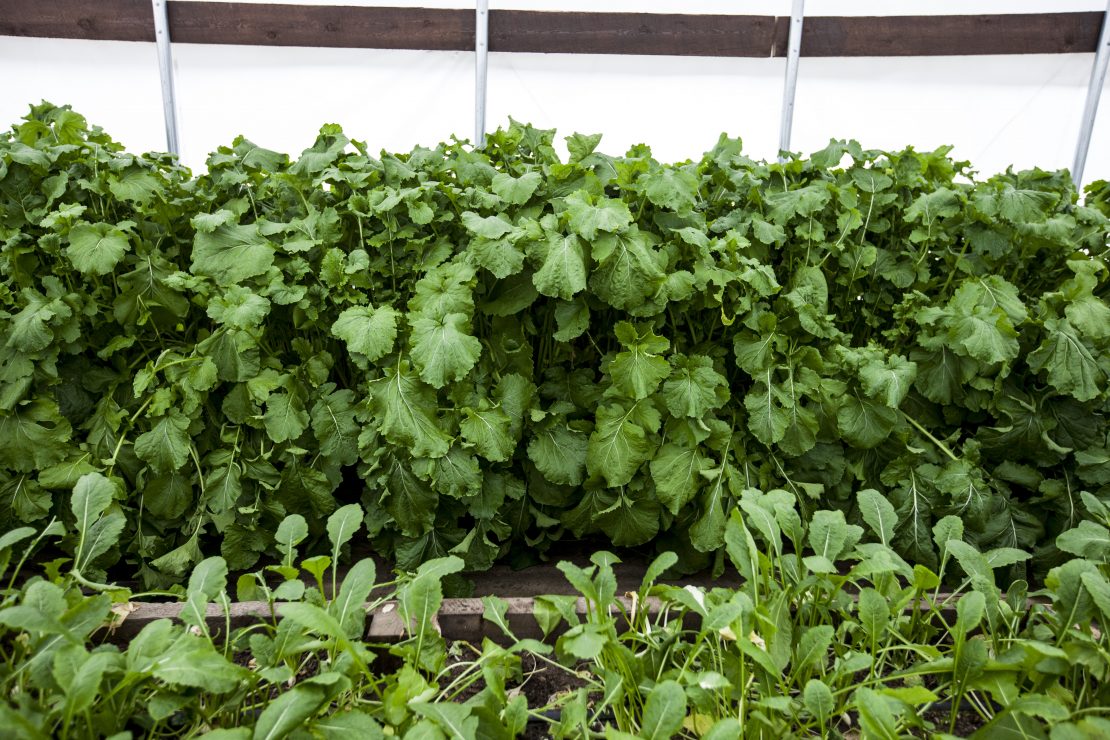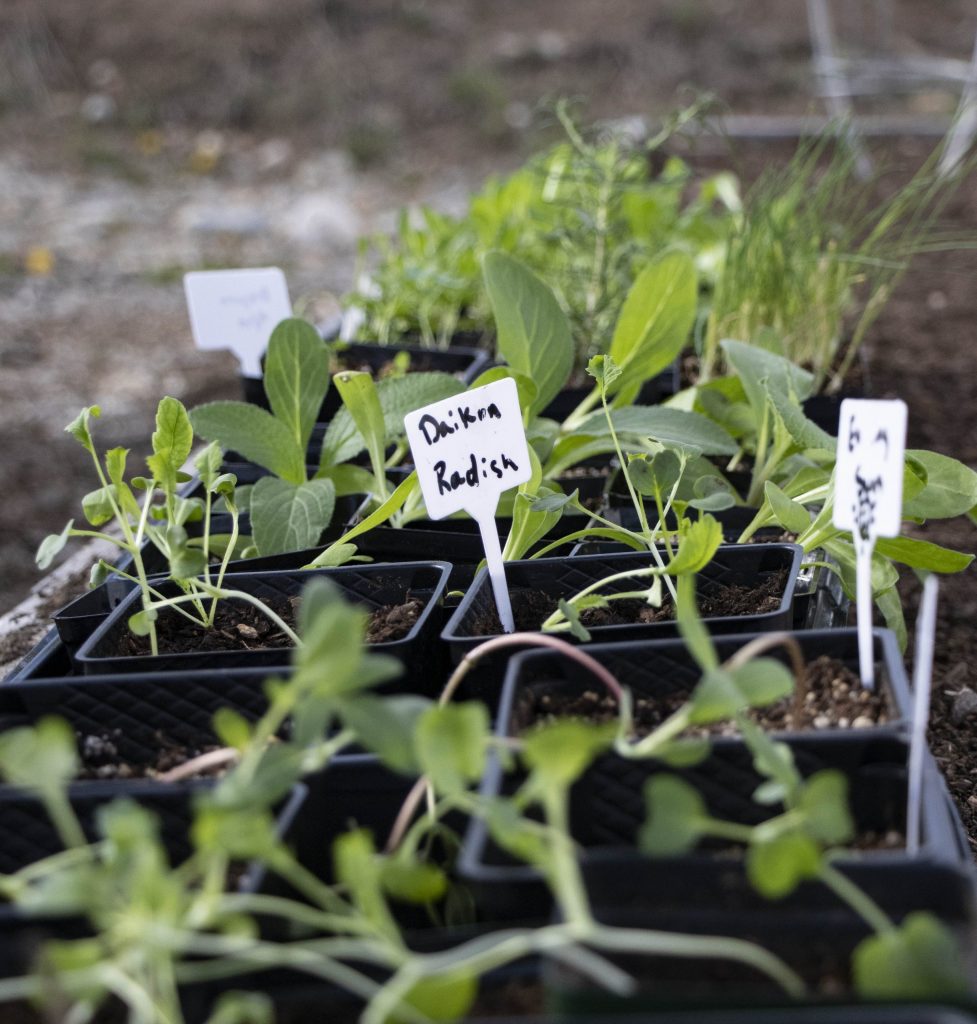
- Vitalii Homon
- March 15, 2019
- Ask Eartha
Dear Eartha, I am new to Summit County and am eager to start a vegetable garden this spring. I realize that it is only the middle of March, but is it too soon to start thinking about what I can grow at this elevation?
People who love gardening never stop thinking about their gardens, Naomi. Winter is simply a time to regroup and plan for the upcoming summer. Since you are new to gardening at a high elevation, let’s set you up for success by talking about the vegetables that grow easily in this climate.
Perhaps the most important thing for a new gardener to know is that the vegetables that thrive in Summit County are the cool-season vegetables. Most seed packets will make the distinction between warm-season and cool-season vegetables. In a warmer climate like Colorado’s Western Slope or the Front Range, gardeners grow cool-season veggies in the spring and fall. In our climate, we can grow them straight through the summer. A general rule of thumb is that warm-season vegetables don’t like temperatures below 50 degrees. Guess what? Most of our summer nights in Summit County get below 50 degrees, so the warm season veggies aren’t going to do well unless they are in a heated greenhouse or inside on your windowsill. Warm-season vegetables include things like tomatoes, peppers, squash, and basil. Certainly, there are gardeners in the county who grow these veggies, but most of them are experienced high elevation gardeners who put in a strong effort in order to succeed. For those of us who want to keep it simple, the best bet is to stick with the cool season varieties.

What are examples of cool-season vegetables? Most notably they include all the green, leafy vegetables. Lettuce, spinach, kale, swiss chard, arugula, and bok choy are some great examples of greens that will grow easily and plentifully. Radishes are a dream to grow – easy, fast, and delicious! Most root vegetables are sure-fire winners, so count on planting carrots, beets, parsnips, and turnips. Two more favorites of many gardeners are the snow peas and sugar snap peas that flourish in our climate. The peas grow on vines and reach great heights, so they will need to be supported by a trellis, but that extra bit of support is well worth the effort. Onions do well, but to be successful I recommend buying onion sets or transplant bulbs rather than starting them from seed. Some of our local garden centers sell these onion sets in the spring, so keep your eyes open.
When buying seeds, remember to make sure you’re buying cold season veggies. Another key item to note is the amount of time the vegetable needs to reach maturity. Why does this matter? We have a very short growing season in Summit County, so you are wise to choose veggies that grow quickly. According to the CSU Extension, Dillon only has 25 frost-free days a year! That’s not much time for a vegetable to be ready for harvest, so steer away from anything that needs much more than 60 to 70 days to mature. (Have some compassion–if only all of us could reach maturity so quickly!) Fortunately, most of these cool-season vegetables can withstand a frost, so we don’t have to panic every time it gets cold.
Of special note are the perennial vegetables that will come back year after year without any effort from you. Rhubarb is one of my favorites. You can buy rhubarb roots at a garden center and get them planted this summer. The root will need a year or two to get established, but then you will be rolling in rhubarb for years to come. Horseradish and asparagus are two more perennials vegetables that need time to establish their roots, but once settled in, they will delight you year after year.
Want to learn more? The High Country Conservation Center has a variety of resources on the Community Garden page to help you get started. Best of luck and may you sprout a high-altitude green thumb this summer.
